Art projects are a lot like new relationships.
It’s SUPER EXCITING at first, you obsess and daydream about it every second, and take every opportunity to indulge in it by talking about it, thinking about it from all angles, maybe journaling/blogging about it, and getting in there to work {play} on it as much as is humanly possible.
Then the newness factor eases up, and you hit your first hurdle.
Maybe you did something you now wish you hadn’t done.
Or you’ve brought yourself to some kind of stalemate because you love it but you know it’s not finished yet and are now scared to do anything in case you ruin it.
Or it’s not going the way you thought, and now you’re not sure what’s going on.
Or you just inexplicably stop being so obsessed by it and that allows you step back far enough to see the cracks.
What do you do then?
How do you stay motivated in the studio when the shiny bliss of newness isn’t enough to sustain you any more?
There’s a particular demon that likes to sneak in at this point and start whispering seductively about giving up, or starting something new so you can get that New Thing High again. It makes you doubt your ability to actually pull this off.
What’s actually going on here
Sometimes we are complete with a project before it’s actually finished. That does happen, and is totally valid. More often though, this part of the process {and yes, it’s absolutely part of the process, not a sign that you’re wrong, or that the idea was bad, or that you should give up} is actually a call to go deeper. And I think in large part that’s why we shy away from it and start doing things like cleaning the whole house rather than pick up the brush.
Just as a relationship reaches a point where we can ‘go deeper or go home’, so to speak, it’s the same with art. Flings are fun and have their place, but when art is an essential part of your life, a quick fling is never going to be enough.
Over the years I’ve found ways and means to counter that demon that wants me to give up and not do the work {or reap the rewards} of going deeper. And deeper means deeper into ourselves of course, because the deeper we go, the richer what we bring forth. And that’s why it’s scary. We don’t know what’s in there and we can’t control it.
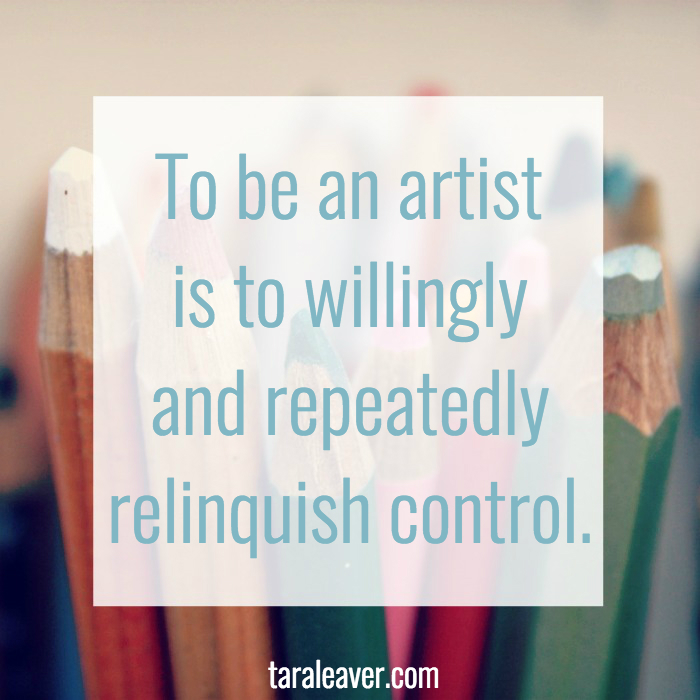
So here are some suggestions based on my own experience that can really help when you’re going to the shop to buy spare light bulbs and discover a sudden all-consuming determination to get every last dust bunny out from under the bed. {Obviously I’ve never done this.}
Touch the project daily
Consistency plays a huge part in keeping the love alive. Our relationship metaphor still holds true here; communication is the glue, the growth accelerator, the door opener. This isn’t about making yourself paint every day. Some people thrive that way, but my observations tell me that most of us don’t. Forcing is not {usually} the answer.
Touching the project means maintaining that connection, even on the days when you don’t actually do anything with it. You know how easy it is to not do anything on it for one day and suddenly that day turns into a week, a month, or more. Newton’s First Law of Motion at work!
Keep the thread of it running through your days and it’s easier to maintain momentum. For me that often means going into the studio, even if I just look at what I’ve done so far for five minutes and don’t actually do anything.
I might end up moving some things around, and maybe even see something I can add, even if it’s just one brush stroke. But just stepping into the space and connecting with the energy of the project can be enough.
Or I might spend some time on Pinterest looking at paintings of artists I love, searching for a through line back into the heart of my own work.
Artist friends
As I talk about in Touchstone, the power of ‘me too’ is priceless for an artist. Art is usually a solitary activity, and having a place to go where you can voice your struggles – and triumphs – and hear those two words, perhaps ask for some advice, encouragement, and even accountability, can make all the difference. It can mean more time deepening your love affair with your project, and less time scrambling around under the bed.
Whether your artist friends are online or off, find and cultivate some fellow artist relationships and allow it to support and regenerate your motivation.
Mentors
Having one or two specific mentors is a way to take this even further. There’s something about focused and personal attention. I think it’s to do with being seen, and – even though I don’t love the term – having someone hold the space for you and with you as you tread your artist path.
A good mentor can offer advice specific to what you’re doing, support when it gets rough, a reflection back to you of how well you’re doing when you can’t see it, and can help you create {loving!} containers {otherwise known as deadlines} to help you stay accountable.
A mentor might cost more than a Facebook group, unless you’re able to find someone who will mentor you for free, but if you have a specific and large-feeling goal in mind for your art it can be invaluable.
Ask a clarifying question
The question itself doesn’t really matter, as long as it reminds you of your Bigger Picture or refocuses your attention on your project in a way that helps you see it afresh. Some examples might be:
- What am I saying to myself right now about my art?
- What was my initial dreamed outcome for this project? Can I let that go for something else?
- What would I say to a dear friend who was struggling like this?
- What I really want to say about all this is…
Sometimes it’s a case of asking several questions before landing on the one that will free you.
Writing out the answers instead of just vaguely thinking about them, especially if you spend a few minutes pouring it out in a stream of consciousness way, can be very enlightening. It doesn’t have to be a big drama; grab a scrap of paper and anything that will write, and just write.
Asking yourself what you’re saying to yourself about your art is a good one because you’ll quickly discover it’s probably nothing nice! How can you possibly move forward when all you’re hearing inside your own head is how crap you are and how much you can’t do this?
And when you see what’s really going on in there, for one thing it’s easier to let it go once it’s there on the page in all its nonsensical black and white glory, and secondly you can start to replace those thoughts with new, more supportive ones. You can also take them to your artist friends or mentor and have a dose of ‘me too’. 🙂
I recently tried number four on that list and it was astonishing how quickly I found the truth of what was going on for me in that moment. And when it was out, and no longer floating unarticulated inside me, it freed me instantly. It’s a pretty magical one, that one.
It’s time to take your power back
When it comes down to it, all that’s happened here is you’ve lost your way a bit. Again, part of the journey and process, and generally no one’s favourite! You might be surprised how easy it is with some support, clarity, and ‘touching of the project’ to get back on track.
Be open to it going in an unforeseen direction, be prepared to let it go if it really is beyond what you want to do to rejuvenate it, and keep going!
All is never lost. Solutions are always available. And you are always capable of far more than you think.

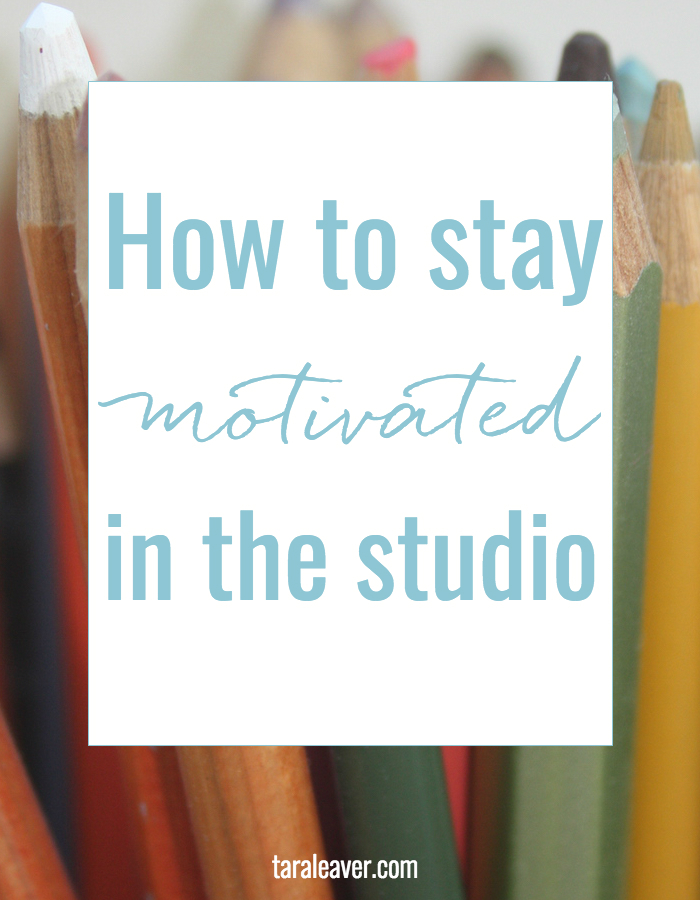
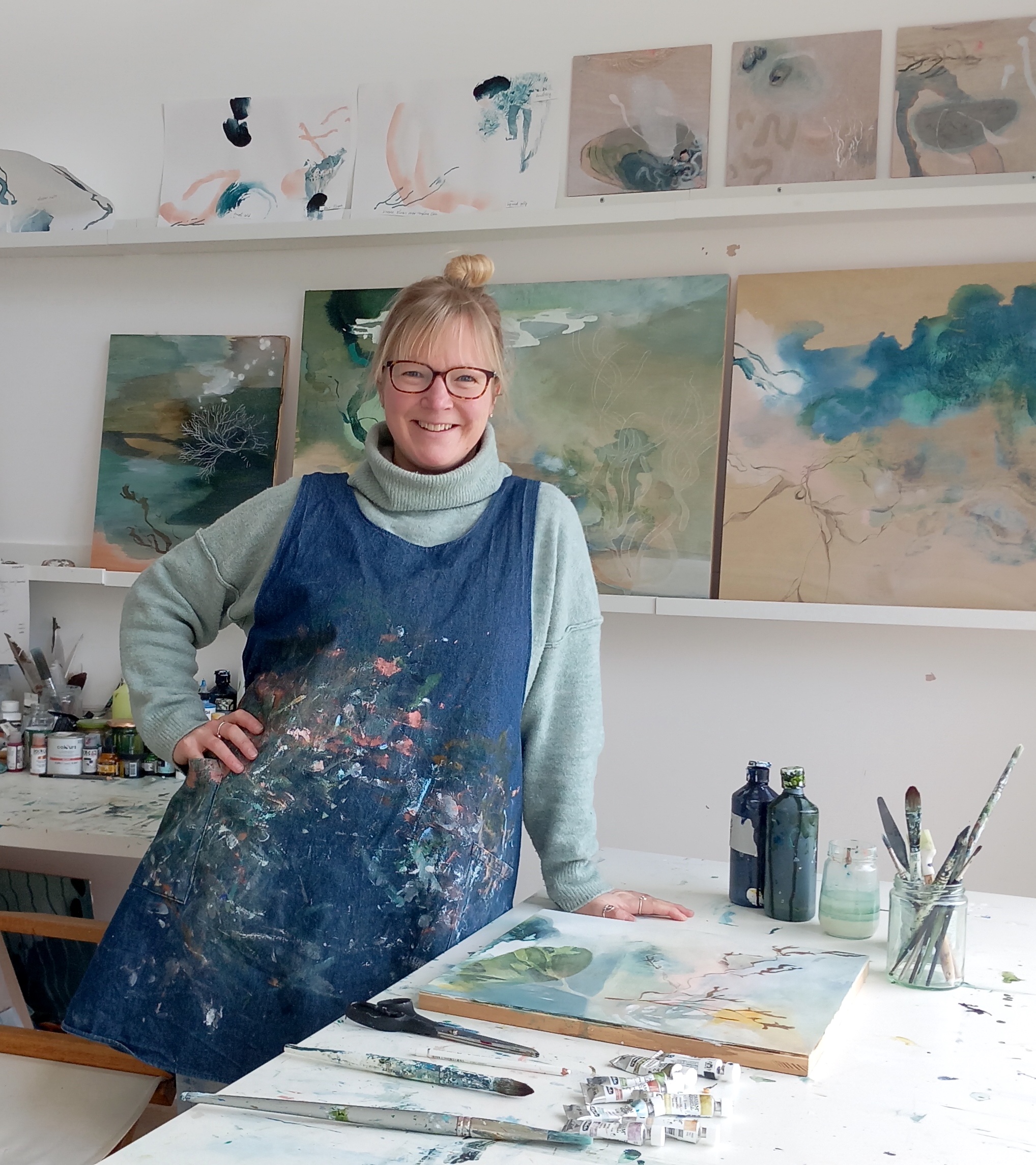
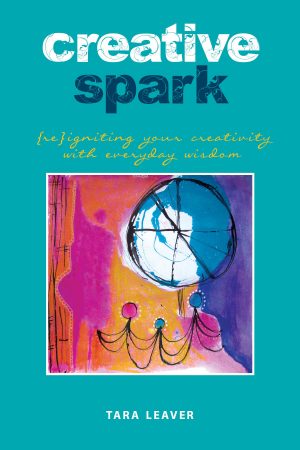

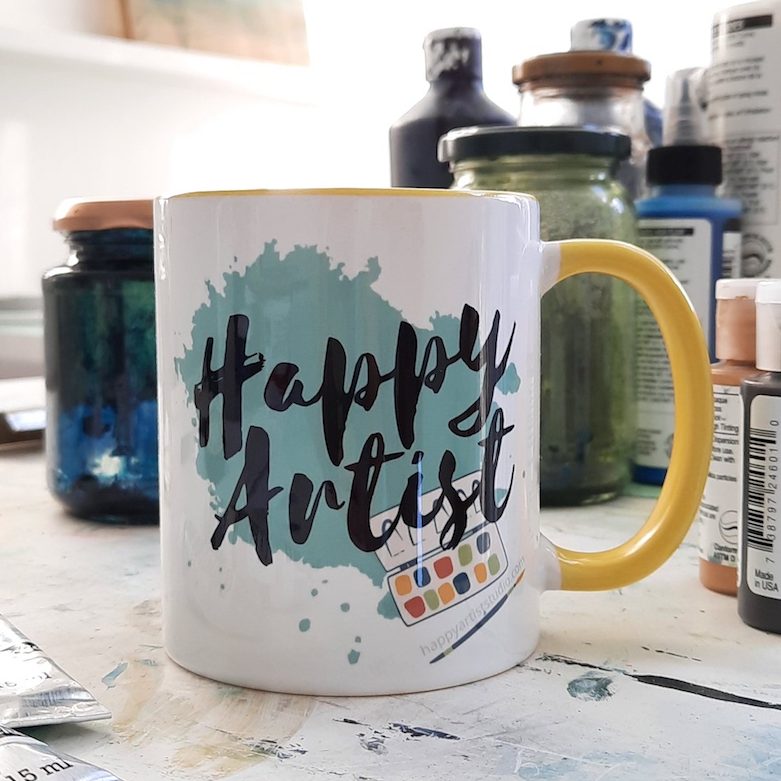
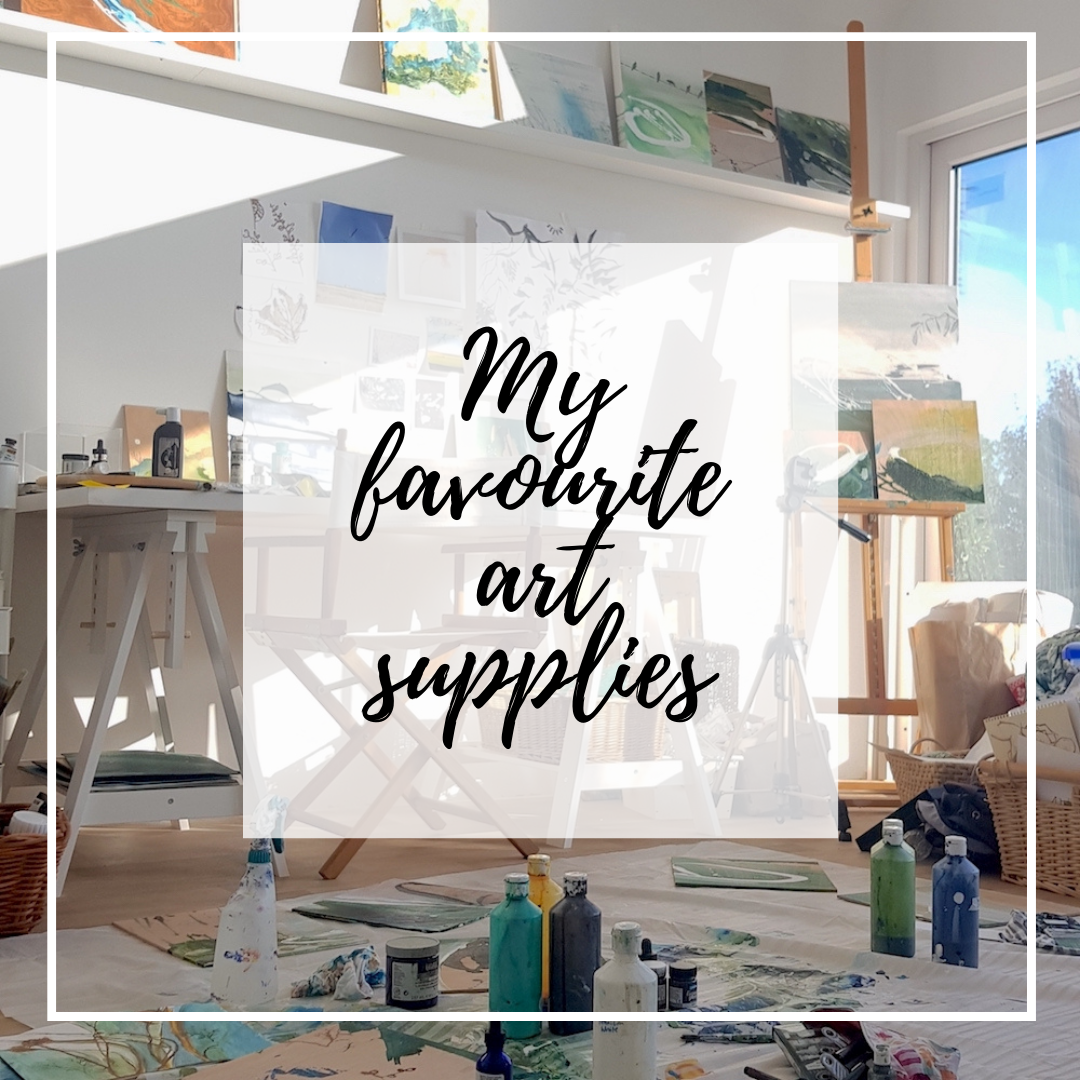
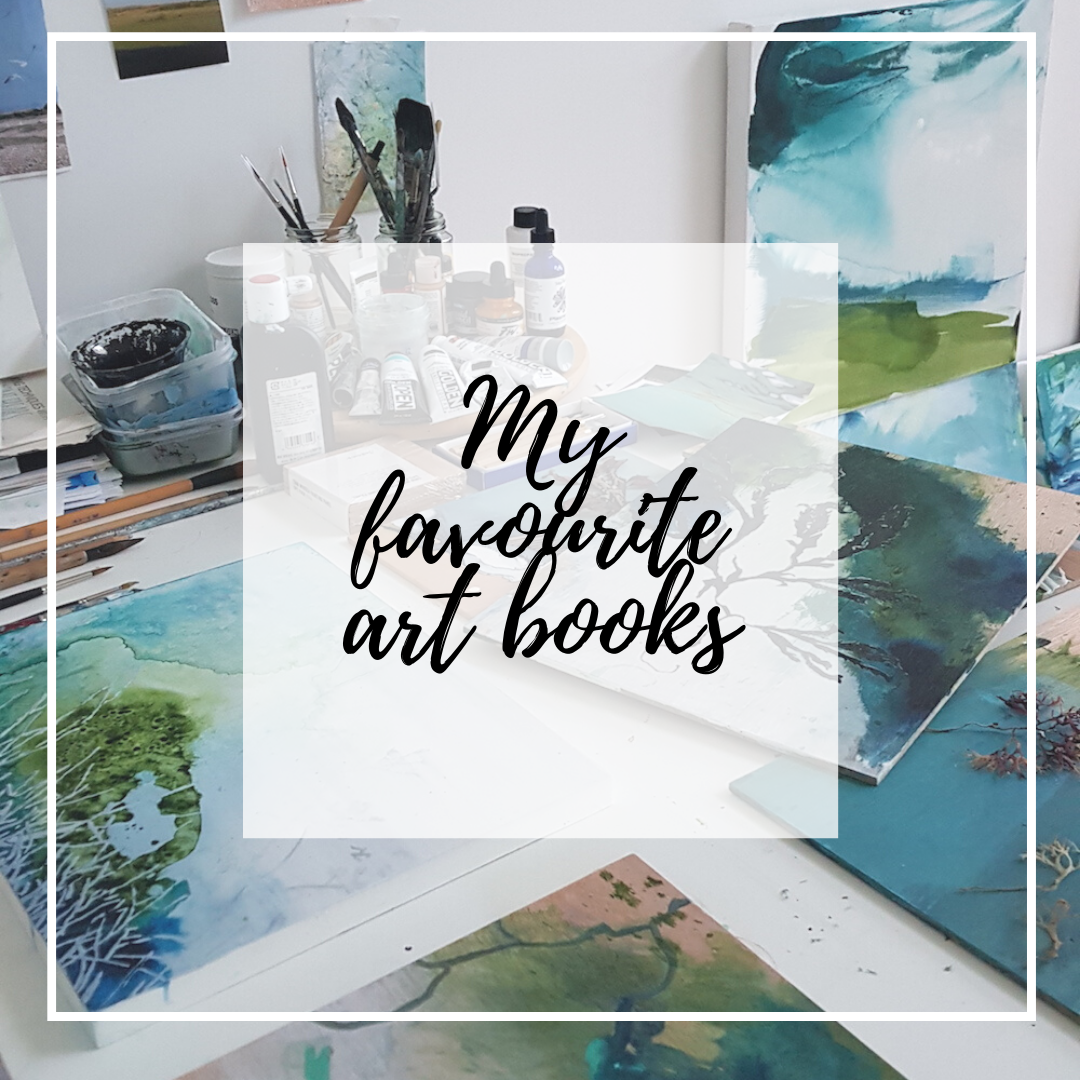
Tara,
Would you give an example of the fourth one.
This is helpful.
I think you may be away.
Thanks, Sally
Do you mean an example of a clarifying question Sally?
It’s creepy sometimes how synchronized you are with what’s going on in my head. I have been thinking about this same thing this week: how to go on when I’m very happy with what I’ve done with a painting but uncertain as how to go on in fear I will ruin everything.
And subsequently, if I let a painting hung on my wall for a while for the “daily contact”, how do I know that I’m not actually just getting used to it as it is, thus making it difficult to see new ways this piece can take? I’d love to hear your thoughts ????
I like to think I have my finger on the pulse. 😉 My question would be, if you’re getting used to it as it is, might that not mean it is in fact finished? {Bearing in mind that finished is an arbitrary state. I’ve been known to feel some paintings are finished, hang them up, and then months later realise they need something more.}
When I don’t know what to do, I know that’s a sign I need more information about whatever it is. In this case that might mean leaving it longer, or it might mean hanging it upside down and going past it a few times, or standing at the other side of the room to see what feels out of balance. Starting other paintings can also inform previous uncertain/unfinished ones. Keep listening! It’ll tell you. Just maybe not in the time frame you envisaged. 🙂